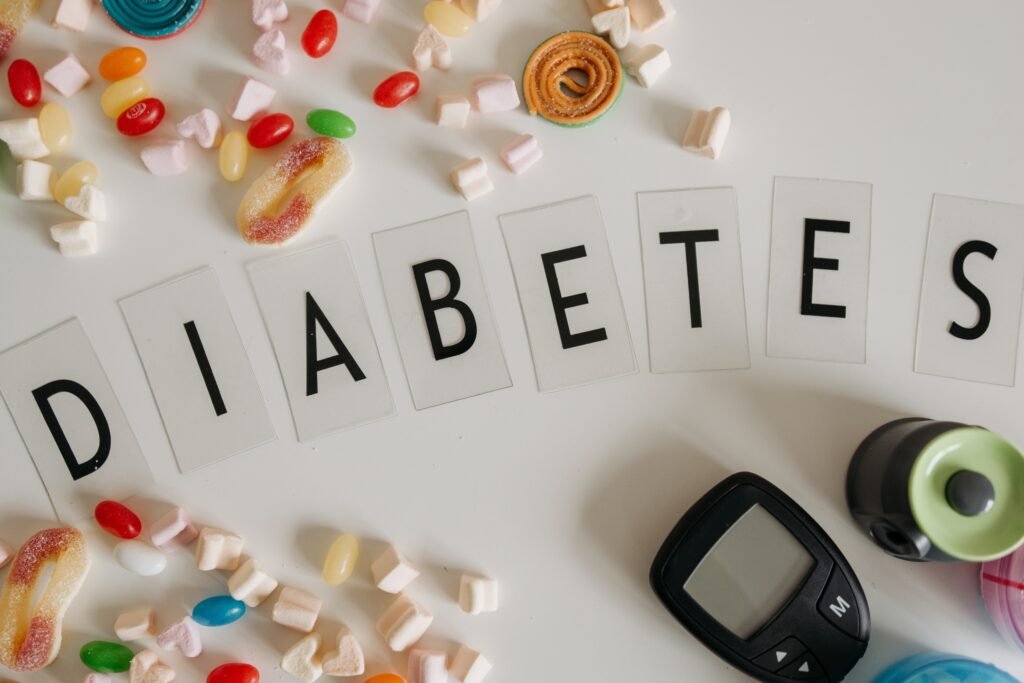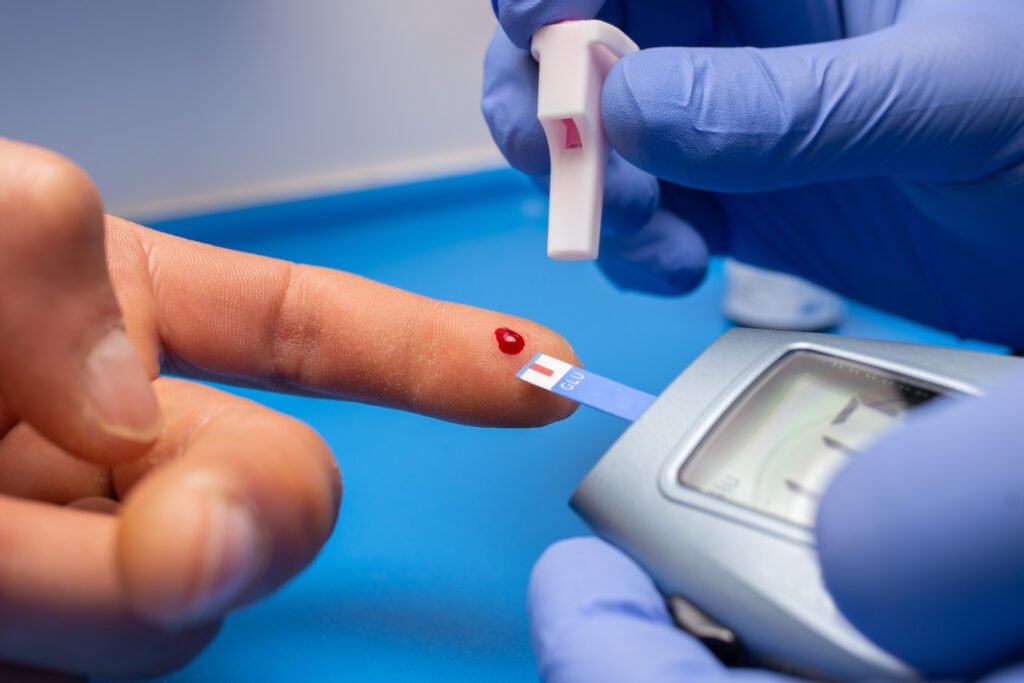-By Dr. Ravi Shah, Endocrinologist
Diabetes is a complex and common health condition affecting millions worldwide. If you or someone you care about has diabetes, or if you’re simply looking to understand it better, this guide will provide a comprehensive overview. From what causes diabetes to its types, warning signs, and practical ways to stay healthy, this blog will cover it all. For personalized guidance, it’s always best to consult a trusted endocrinologist like Dr. Ravi Shah, one of the best endocrinologists in Ahmedabad, for expert advice and care.

What is Diabetes?
Diabetes is a chronic medical condition characterized by high blood glucose (sugar) levels due to either insufficient insulin production, impaired insulin action, or both. Insulin, a hormone produced by the pancreas, regulates blood sugar by facilitating its uptake into cells for energy. When this system is disrupted, blood sugar remains elevated, potentially leading to long-term complications affecting various organs.
Persistently high blood sugar can damage vital organs over time, including the eyes (diabetic retinopathy), kidneys (diabetic nephropathy), nerves (diabetic neuropathy), and heart (cardiovascular disease). Effective diabetes management, including healthy eating, physical activity, medication, and regular monitoring, can significantly reduce these risks.
Types of Diabetes
-
• Type 1 Diabetes (T1D)
An autoimmune condition where the immune system mistakenly attacks insulin-producing beta cells in the pancreas. It usually begins in childhood or early adulthood and requires lifelong insulin therapy.
-
• Type 2 Diabetes (T2D):
The most common type, typically seen in adults but increasingly diagnosed in younger populations. It is characterized by insulin resistance and relative insulin deficiency. Lifestyle factors like poor diet, obesity, and physical inactivity significantly contribute to its development.
-
• Gestational Diabetes (GDM)
Develops during pregnancy due to hormonal changes and insulin resistance. It usually resolves after delivery but increases the long-term risk of T2D for both mother and child.
-
• Latent Autoimmune Diabetes in Adults (LADA)
Sometimes called 'Type 1.5 diabetes,' it presents like T2D but involves autoimmune destruction of beta cells, similar to T1D. It typically progresses more slowly than classic T1D.
-
• Maturity-Onset Diabetes of the Young (MODY)
A rare, genetic form of diabetes caused by single-gene mutations. It often presents in adolescence or early adulthood and can be managed with lifestyle changes or specific oral medications.
-
• Secondary Diabetes
Caused by other medical conditions (e.g., pancreatitis, cystic fibrosis) or medications (e.g., steroids).
How Does Diabetes Affect the Body?
Pancreas
The insulin-producing beta cells are either destroyed (T1D) or become dysfunctional over time (T2D), leading to reduced insulin production.
Liver
Releases glucose into the blood for energy but can overproduce glucose in the setting of insulin resistance, worsening hyperglycemia.
Kidneys
Filter excess glucose from the blood, but prolonged high blood sugar can lead to kidney damage (nephropathy).
Muscles
Use glucose for energy but may struggle to
absorb it efficiently in the presence of insulin
resistance.
Brain
Uses glucose as a primary fuel but can be affected by insulin resistance, influencing appetite and energy balance.
Eyes (Retinopathy)
High blood sugar can damage the tiny blood vessels in the retina, leading to blurred vision, vision loss, or blindness if untreated.
Who is at Risk?
-
1. Overweight or obese individuals, particularly those with central obesity (apple-shaped body).
-
2. People with a family history of diabetes.
-
3. Those with sedentary lifestyles and unhealthy dietary habits.
-
4. Women with a history of gestational diabetes.
-
5. People with certain ethnic backgrounds (e.g., South Asians) at higher risk of T2D.

Key Warning Signs of Diabetes
Frequent urination (Polyuria)
Excessive thirst (Polydipsia)
Unexplained Weight loss
Fatigue
Blurred Vision
Slow wound healing

Diabetes Testing and Diagnosis:
-
1.Fasting Blood Sugar (FBS)
Less than 100 mg/dL is normal, 100-125 mg/dL indicates prediabetes, 126 mg/dL or higher confirms diabetes.
-
2.Postprandial Blood Sugar (PPBS)
Less than 140 mg/dL is normal, 200 mg/dL or higher suggests diabetes.
-
3.HbA1c
Reflects average blood glucose over 2-3 months. Normal is below 5.7%, prediabetes is 5.7-6.4%, and 6.5% or above confirms diabetes.
-
4. Oral Glucose Tolerance Test (OGTT)
Measures the body's ability to handle glucose over a few hours.
Conclusion
Managing diabetes effectively can prevent complications and improve quality of life. Regular check-ups with a trusted endocrinologist like Dr. Ravi Shah, the best endocrinologist in Ahmedabad, can make a significant difference in your health journey. Take control of your health today – early action leads to better outcomes. For expert care in Ahmedabad, consult Dr. Ravi Shah, a specialist in diabetes and hormone-related disorders.
